
Coal, natural gas and other traditional fuels fill the atmosphere with gases that contribute to climate change. But renewable energy sources like wind turbines, solar panels and nuclear power have their own drawbacks in terms of cost and efficiency. Scientists have further developed their designs in order for these alternatives to be more cost-effective and generate much more power than they previously did. And that’s how we ended up with…
10. Buoyant Airborne Turbine (BAT)
Countries like China, the United States, Germany, Denmark, Spain and India produce over 175,000 MW of power with traditional wind turbines, but that number stands to double if they’re replaced with BATs.
The technology is simple. Basically, a huge blimp with a wind turbine in the middle is secured to the ground and hoisted to altitudes of nearly 2000 feet. At that elevation, winds are blowing at much greater speeds and thus generate twice the power. These new turbines can withstand wind speeds of up to 43 miles per hour, after which the BAT can automatically duck for cover to whatever altitude is safe.
The environmental impact is far less visible at such heights, not to mention the 90% cost reductions in terms of transportation and deployment. Unlike traditional turbines, BATs can easily be dismantled and redeployed elsewhere if needed.
9. Oyster
With over 70% of the world’s surface covered in water, it’s a surprise that tidal wave energy was left behind in the race for renewable energy. Oyster is an attempt to bring this form of energy back to the forefront.
Its design is that of a flap, pushed and pulled by the waves, 50 feet underwater and 1600 feet offshore. Through this endless cycle, Oyster is able to pump energy all the way back to a standard hydro-electric power plant on the mainland. So far two flaps have been successfully tested off the coast of Scotland. Oyster 1 was able to produce 315 kW of power, while Oyster 800 (don’t ask us to explain their naming convention) managed a whopping 800 kW, capable of bringing power to around 80 houses.
Waves are a frequent phenomenon, unlike tides that only come and go a couple of times a day. The Oyster can also operate in stormy conditions. The first Oyster farm, capable of producing 40 MW, is currently being developed off the north-western coast of Scotland, with future plans for a larger 200 MW farm near the Orkney archipelago.
8. Algae Based Biofuels
Biofuels are crop-derived ethanol or biodiesel made primarily out of rapeseed, corn, wheat, sugarcane, sugar beet, soy or other crops. But all of these crops need land to grow on, which is either acquired by replacing food production crops or by cutting down forests, neither of which is viable in the long run.
A better approach is to use algae. Since some algae have a natural oil content of around 75%, they can be easily processed into biofuel. The rest of the plant can be used as fertilizer to grow even more algae. It grows very quickly, and doesn’t need any farm land or fresh water to do so. On average, algae can produce around 5000 gallons of ethanol per acre in one year, as compared to only 800 gallons produced with sugarcane.
Scientists at the Rochester Institute of Technology in New York have discovered that these biofuel producing algae can also clean wastewater. They consume nitrates and phosphates, and also reduce toxins and bacteria. The state of Alabama became home to the first algae biofuel system that also cleans wastewater. Because the entire traditional water treatment process is excluded, algae growing is carbon-negative.
7. Solar Windows
Every second, the sun bombards the Earth with roughly 174 quadrillion watts of energy, and we’re only just beginning to tap into that immense power. The problem with standard solar panels is that they convert a maximum of only 20% of the sun’s energy into electricity, all the while being very costly in terms of production.
But recently, scientists from the University of California have discovered how to make solar panels transparent. The material is a plastic-like substance which is transparent in the normal light spectrum, but is able to pick up infrared light. Because it’s made of plastic, it’s relatively cheap to manufacture compared to traditional solar panels. It can also double as an ordinary window in someone’s house. Every sun-bathed window in the world could convert solar energy into electricity.
6. Volcanic Electricity
A geothermal plant is like a coal plant without the coal. They both work on the principle of heating water until it becomes steam, which in turn runs turbines that produce electricity. The difference is that instead of burning coal, a geothermal plant will use the heat of the Earth itself. By drilling holes into the ground some two to six miles deep, temperatures can reach 160 to 600 degrees F. Places with high volcanic activity are ideal for this type of renewable energy, since underground magma is much closer to the surface and holes don’t have to be dug so deep.
Iceland recently drilled a hole and hit a pocket of magma by mistake. They decided to pour water down the shaft to see what happened. What they witnessed was something record breaking - steam gushed out at temperatures of above 842 F. For comparison, steam generated at geothermal plants usually hovers around 158 degrees F. These traditional plants produce around 40 MW of energy, good for roughly 11,500 homes. This discovery is still in its testing phase, but this type of power could multiply the amount of electricity produced by geothermal plants ten-fold.
5. Betaray
We just discussed the vast amount of energy the sun produces and the inefficiency of standard solar panels. Andre Broessel, a German architect, has come up with a simple yet brilliant idea to increase the energy output in photovoltaic cells. By incorporating a liquid filled glass sphere into the design of a solar panel, the energy output is increased by 34%. It’s fitted with a tracking device that’s able to follow the sun on its daily migration west, and the Betaray can also tap into the sun’s rays on overcast days, producing four times the energy of a normal solar panel. It can even draw energy from the moon on clear nights.
The device is specially designed to work for individual houses or buildings, places with limited space for solar panel deployment. It can easily be fitted onto inclined surfaces and curtain walls. The project is still in its development stage, but once finished it might change the look of rooftops around the world.
4. Viruses
A breakthrough took place at the Lawrence Berkeley National Laboratory in California, where scientists managed to create a virus that can produce an electrical charge when a material is mechanically deformed or stressed. This material is made out of the engineered M13 virus, which usually infects bacteria. Long story short, it’s a device that transforms a simple gesture like pushing a button or sliding your finger on a screen into electricity.
Its practical applications are endless, with many being used on wireless technologies like mobile phones and laptops. This development will most certainly make other devices and appliances less dependent on the power grid, and even become more portable in the process. What’s even greater is that this virus can be sprayed on any surface, like the floor or a chair, and then produce electricity when it’s stimulated by movement or pressure. But we won’t get too far ahead of ourselves - in its current state, the maximum output generated was a quarter of that of a triple-A battery.
3. Thorium
Thorium is a radioactive metal similar to uranium, but it can produce 90 times more energy at a fraction of the waste. It’s also three to four times more abundant in nature, and just one gram of the stuff is equivalent to 7400 gallons of gas in terms of energy.
Because of this, Connecticut’s Laser Power Systems Company has come up with a plan to create a thorium-based engine for cars. By using a laser powered with only eight grams of thorium to heat up water and generate steam, a car can run for more than 100 years or one million miles without the need to refuel. The engine only weighs around 500 pounds, making it able to replace a standard vehicle’s engine.
The greatest challenge is the fact that thorium hasn’t proven its potential on a commercial scale. Because a focus was placed on uranium as the prime nuclear fuel for the last 60 years, thorium based reactors are a lot more expensive to build. And the science, while sound, is mostly theoretical.
2. The “Impossible” Microwave Thruster
As the need to travel into space increases in the coming decades, the technology of a microwave powered thruster couldn’t have come at a better time. If viable, this technology could radically change the design of future spacecraft, eliminating the need to carry fuel. With half of any given spacecraft’s mass being fuel, this is a big deal.
This technology was labelled as impossible since it defies Newton’s third law, the law of momentum conservation. This law states that in order to move forward, an object must always leave something behind. In this case, rocket fuel is being ejected in order to propel a spacecraft. But by making microwaves bounce off reflectors inside a sealed chamber, scientists were able to achieve thrust without the use of a propellant.
The idea was first exhibited in 2006 by scientist Roger Shawyer. It was again proven by a team of Chinese researchers in 2012, but the science wasn’t taken seriously since it went against fundamentals in physics. Only in July 2014 was the idea accepted, thanks to Guido Fetta from NASA. Even now, scientists aren’t really sure how it works, but they agree that it does. It still has a long way to go, though - the thrust generated wasn’t even enough to lift a penny off a table.
1. International Thermonuclear Experimental Reactor (ITER)
Nuclear power has been the most reliable source of green energy we currently possess. Setting aside tragic accidents and the fact that it produces nuclear waste, this form of energy doesn’t pollute the environment nor cause any harm, if we’re careful. Further development has generated some amazing results, one of which is the Travelling Wave Reactor, which is capable of producing electricity from the waste left behind by traditional nuclear reactors. This technology could theoretically power the entire United States for the next seven centuries.
The real prize, however, is ITER. It’s a project so important that China, India, the EU, Japan, South Korea, the United States and Russia have come together to make it work. It’s located in southern France, and it’s the equivalent of building a sun in our own backyard.
ITER will be able to replicate the processes happening inside a star. Unlike fission, where atoms are torn apart to create energy, fusion binds two elements to generate even more power. This type of energy isn’t threatening, it doesn’t produce waste, and it’s the closest thing we could come to an endless source of power based on our current understanding of the universe. With every 50 MW it needs to work it gives 500 MW in return, enough to power 130,000 homes.
The theoretical knowledge has been around for decades, but the problem was in building a reactor capable of withstanding temperatures above 150 million degrees. This will be achieved by using electromagnets to keep the hot plasma away from the reactor’s walls. The project began way back in 1985, but only in 2010 did the technology became available to start construction. Future predictions say that by the beginning of the 2030s, ITER will begin its operations and be integrated into the power grid as early as 2040.
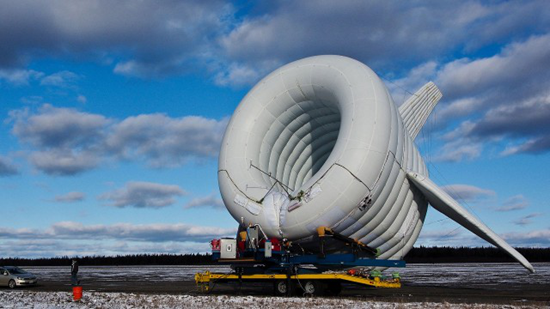



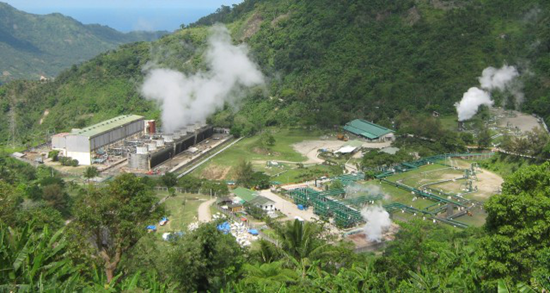
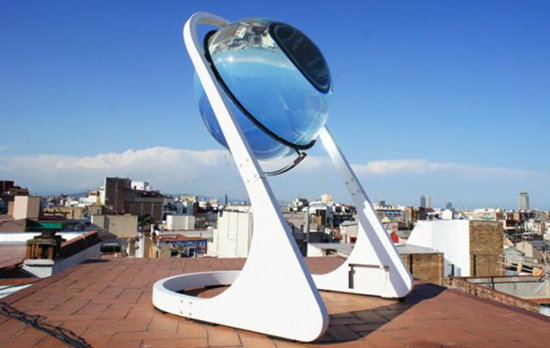

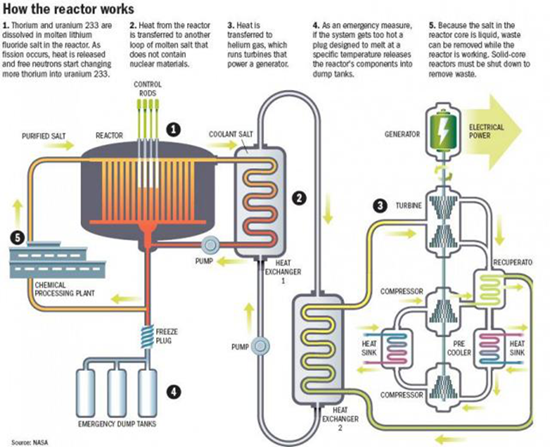
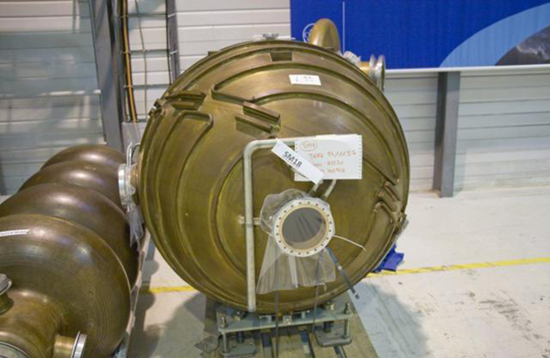
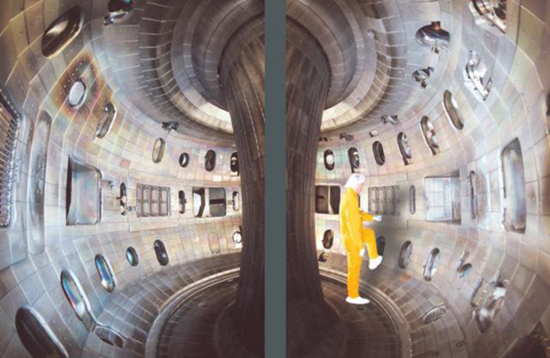
No comments:
Post a Comment
Please adhere to proper blog etiquette when posting your comments. This blog owner will exercise his absolution discretion in allowing or rejecting any comments that are deemed seditious, defamatory, libelous, racist, vulgar, insulting, and other remarks that exhibit similar characteristics. If you insist on using anonymous comments, please write your name or other IDs at the end of your message.